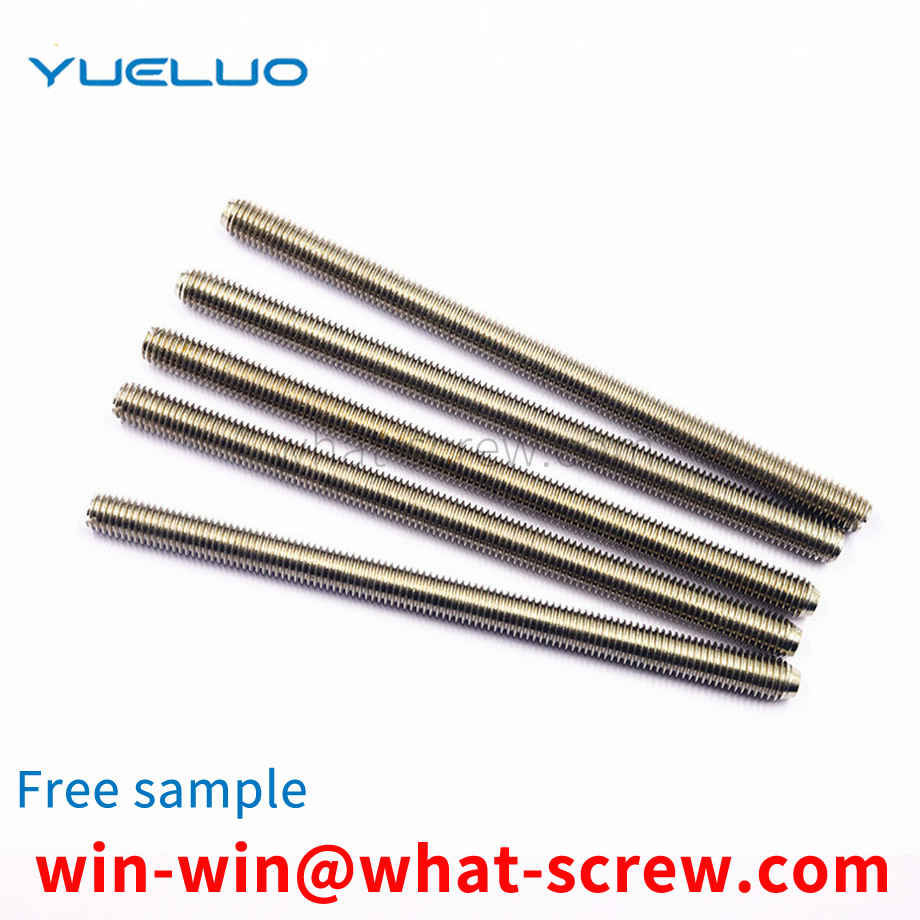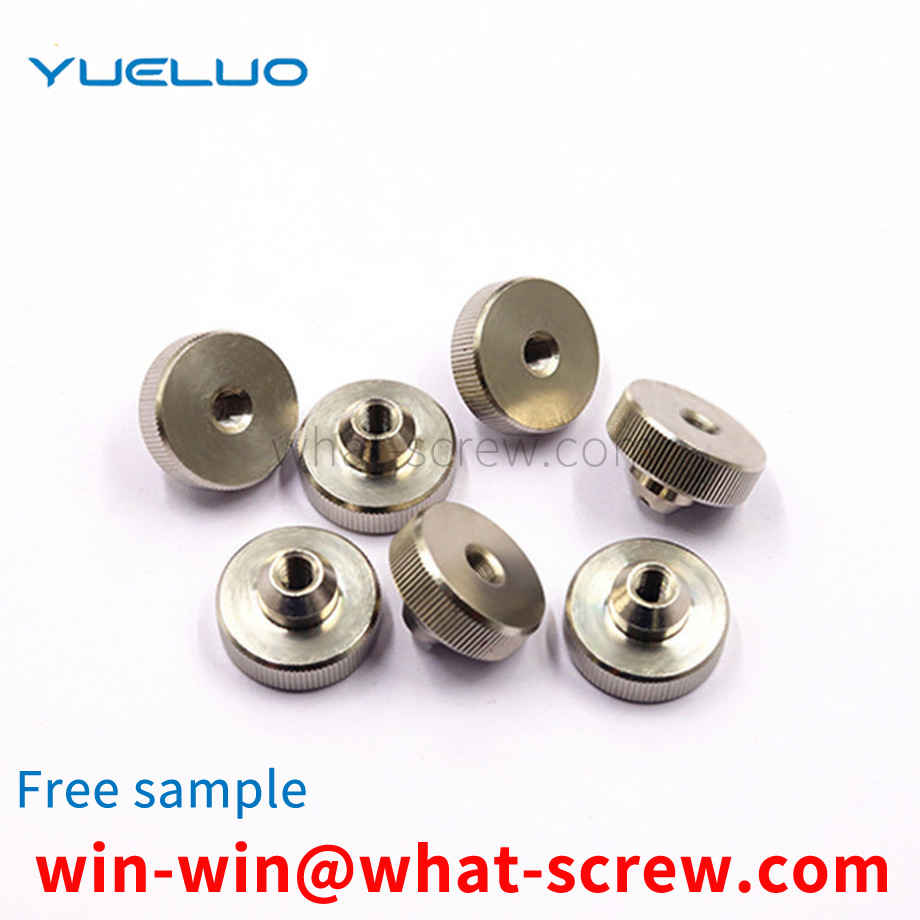Nylon self-locking nut Nylon self-locking nut is a new type of high anti-vibration and anti-loose fastening parts, which can be used in various mechanical and electrical products with a temperature of -50 to 100 °C. Aerospace, aviation, tanks, mining machinery, automobile transportation machinery, agricultural machinery, textile machinery, electrical products and various types of machinery have a sharp increase in the demand for nylon self-locking nuts, because its anti-vibration and anti-loosening performance is much higher than other Various anti-loose devices, and the vibration life is several times or even dozens of times higher. At present, more than 80% of the accidents of mechanical equipment are caused by loose fasteners, especially in mining machinery, and the use of nylon self-locking nuts can prevent major accidents caused by loose fasteners.
In the installation of the external electrical components of the high-voltage electrical box, generally, the whole aluminum alloy profile with a T-slot is laid on the shell of the high-voltage electrical box, and then the upper nut is placed in the T-slot, and the bottom of the square nut is provided with a spring , When installing the electrical components, align the mounting holes with the screw holes of the square nut, then screw and tighten the screws to achieve the installation of electrical components. The biggest defect in the above installation process is that the alignment of the mounting hole and the screw hole is not very convenient, and the spring at the bottom of the square nut is easy to be missing. Once the spring is missing or damaged, the square nut cannot be effectively positioned in the T-slot. It makes the alignment of the mounting hole and the screw hole more difficult. Third, the above-mentioned connection and fixing method itself is not particularly ideal.
Half round head rivets are mainly used for riveting occasions with large lateral loads, and are the most widely used. Flat cone head rivets are often used in riveting occasions with strong corrosion such as ship hulls, boiler water tanks, etc. Countersunk head and 1200 countersunk head rivets are mainly used for riveting occasions where the surface must be smooth and the load is not large. Half countersunk head and 1200 half countersunk head rivets are mainly used for riveting occasions where the surface must be smooth and the load is not large. Flat head rivets are used for riveting occasions with general load. Flat head and flat head rivets are mainly used for riveting of metal sheets or non-metallic materials such as leather, canvas and wood. Large flat head rivets are mainly used for riveting of non-metallic materials. Semi-hollow rivets are mainly used for riveting occasions with small loads. Headless rivets are mainly used for riveting of non-metallic materials. Hollow rivets are light in weight and weak in head, and are used for riveting of non-metallic materials with small loads. Tubular rivets are used for riveting of non-metallic materials without load. Nameplate rivets are mainly used for riveting nameplates on machines and equipment.
Existing wood screws are composed of a threaded portion with a tapered angle and arranged along a tapered stem and a screw head. The head of the screw can be a countersunk head, hemispherical, or other shapes, and the head of the screw has a groove that fits with the tool, a word groove, and a concave cross groove. The taper angle of existing wood screws is either 45 degrees or 60 degrees, and the front end of the taper angle is a pointed point formed by a rotating thread. The existing wood screws have the following three deficiencies in use. Because the taper angle is 45 degrees or 60 degrees, and the thread angle is 64 degrees, the resistance when entering the material is relatively large, so the existing wood screws are manually screwed. It is difficult to screw in, especially when it is used for hardwood materials, and it often happens that the groove of the screw head is screwed out; A large lateral moment will be formed when the screw is screwed, which is prone to the problem of deviation from the position; in addition, because the existing screw is tapered, it will be subjected to both radial force and axial force when entering the material, and its stress state It is more complicated, so it is easy to cause the cracked wood material to burst, and even cause the material to have longitudinal cracks and be unusable.
flat washer is a part that is placed between the connected part and the bolt to protect the surface of the connected part from being scratched by the nut and to disperse the pressure of the nut on the connected part. At present, a flat washer in the prior art generally includes a washer body; the washer body has a bolt hole in the middle for a bolt to pass through. Although the flat washer of the above structure has a simple structure, it still has a disadvantage. When the flat washer is cushioned between the connected part and the bolt, the bolt head is usually exposed outside the connection part, so the bolt head is easy to It is damaged under the impact of external force, thus affecting its fixing effect.
We have many years of experience in the production and sales of screws, nuts, flat washers, etc. The main products are: waterproof rivets, iron screws, factory nuts, trimmed external hexagon screws and other products, we can provide you with suitable fastener solutions for you .



















 Service Hotline
Service Hotline




